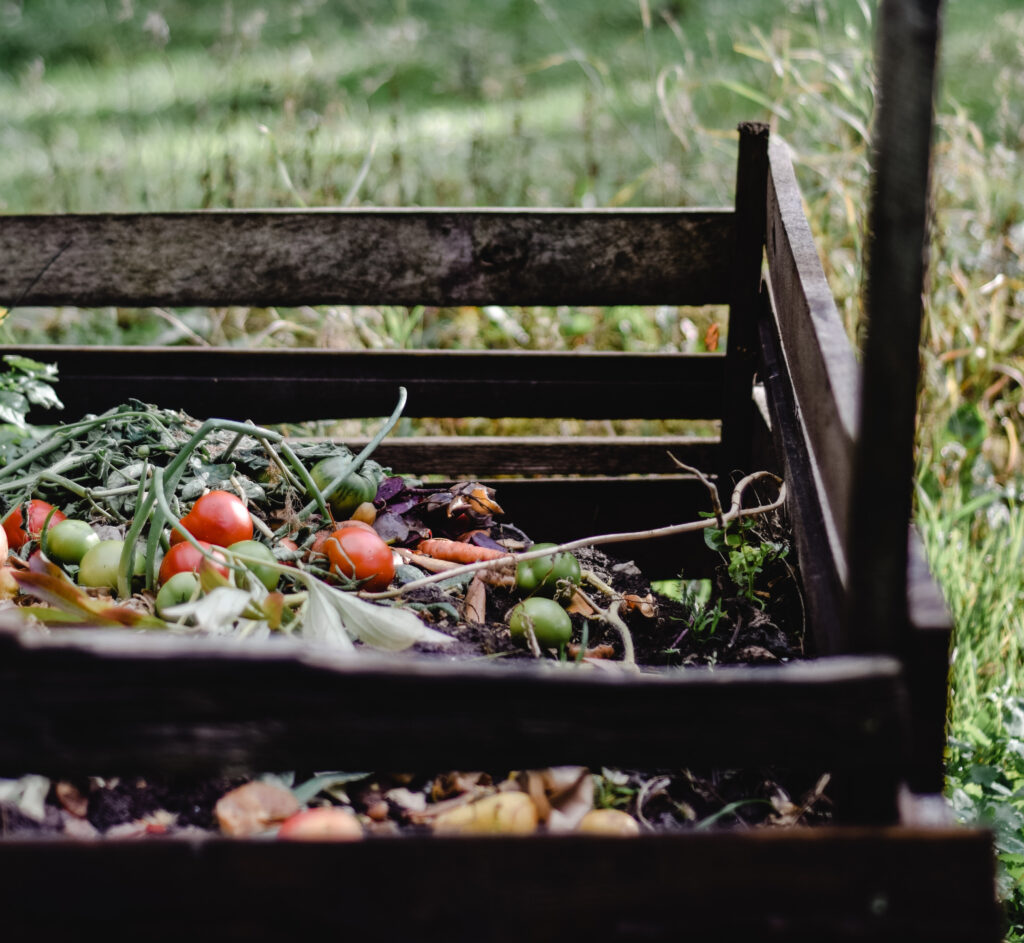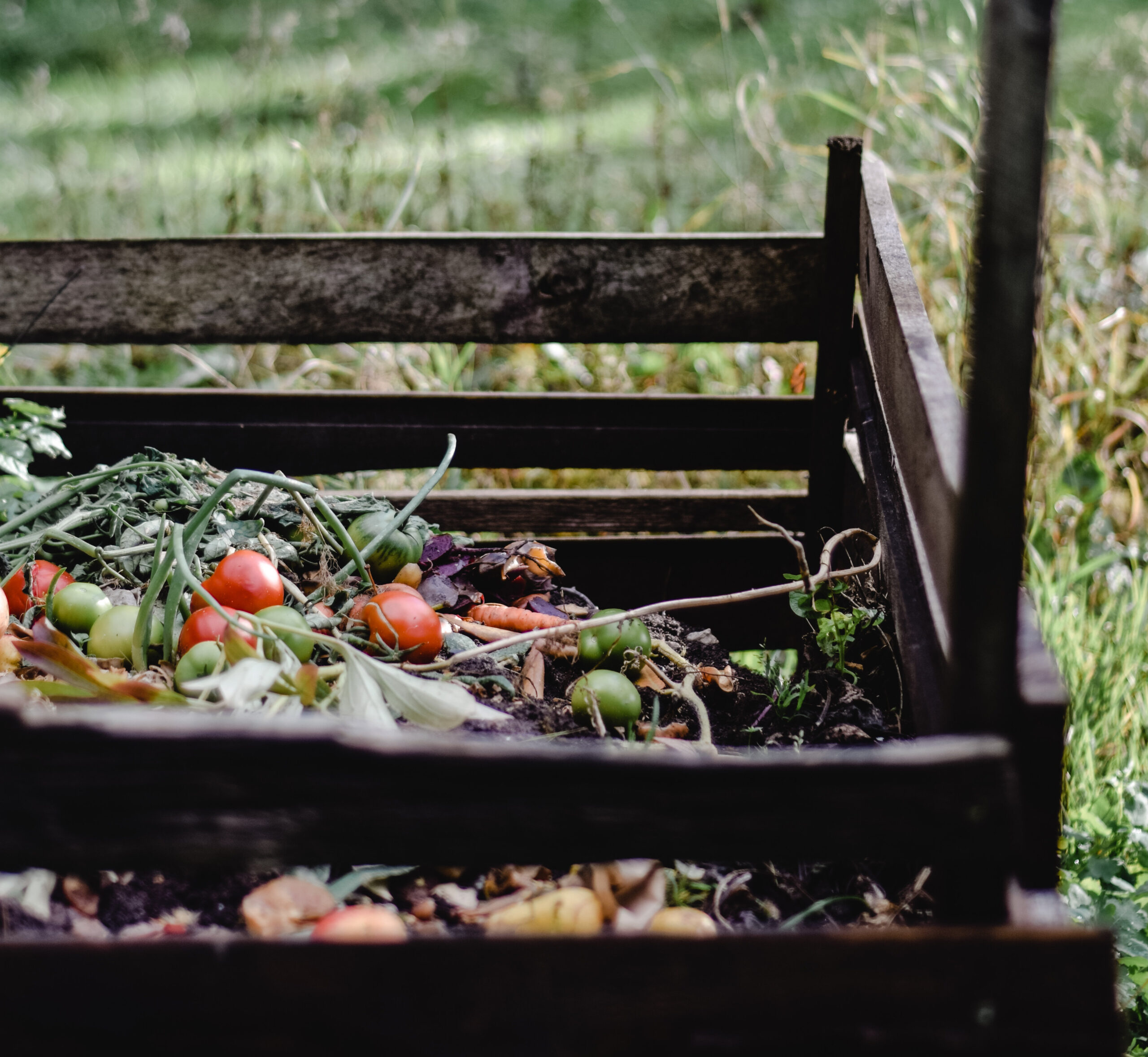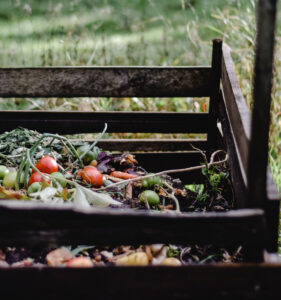Food waste is a global problem and is a significant contributor to climate change. It is estimated that food waste generates about 8% to 10% of global greenhouse gas emissions. 1
Reducing food waste is therefore an effective climate action. You can help reduce food waste by only buying food that you need, preferably local seasonal organic produce.
You can also help reduce food waste going to landfill by making your own compost from fruit and vegetable waste.
Benefits of composting
- Composting recycles kitchen and garden waste and therefore save you money as you won’t have to pay to get rid of it!
- It reduces the amount of food waste going to landfill and hence reduces the amount of methane gas produced by it
- Compost is great for your garden, adding nutrients and beneficial organisms to the soil and helping your plants to thrive
- Home-made compost is better for the environment than chemical fertilizers

Here are some guidelines for making your own compost:
Choose your composting area wisely- a spot with good airflow, easily accessible with a semi- shade or a sunny spot.
Plus not too near your windows nor your neighbours windows, as it may get a bit whiffy.
Choose your container- there are a multitude of options. If you have a spacious garden you could make your own bin from wood pellets ( inserting chicken wire on the bottom to keep out unwanted visitors). Here are some other DIY options. Or you could buy a compost bin, hot composting bin or a wormery. There are a multitude on the market to choose from. Do your research.
Once you’ve selected your compost vessel and location, you can start composting. The best compost is a mix of green nitrogen rich waste and brown waste outlined in the table below. Advice varies, but a ratio of about 60% “green” material to 40% “brown” material seems to be the most popular, or others say 50/50. Too much green will result in sludge.
First put a few small twigs on the bottom first as this will improve the air circulation and drainage. Then start filling your compost bin as and when you have food waste. If most of what you compost is kitchen waste, mix it with shredded egg boxes, toilet roll inners, cardboard or brown paper. Shredding it first helps it break down faster.
You will also need to give it a turn every so often with a garden fork.
It usually takes around a year for the compost to be made, but it sometimes takes a wee bit less.
| Nitrogen-rich waste (green) | Brown |
| Grass clippings ,annual weeds, fruit and vegetable waste, nettle leaves, teabags,leaves, grass cuttings, coffee. | prunings, hedgetrimmings, paper, cardboard or newspaper (shredded) sawdust, paper towels, paper bags Also – eggshells, natural fibres (wool or cotton), wood ash (only very small amount) wood shavings, straw, paper, wood |
Do not add:
| diseased plants, perennial weeds. cooked food. too much citrus (slow to rot and very acidic, which reduces worm activity) raw meat, dairy products, gloss or colour-printed paper, cat or dog faeces, meat, fat (including butter and oil), dairy and bones |
References:


